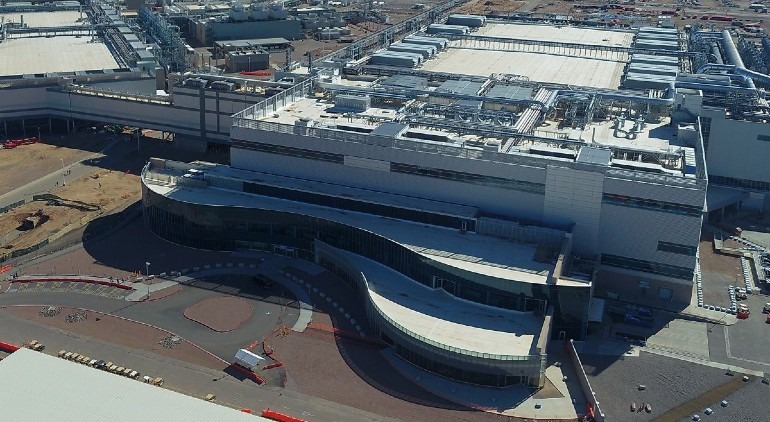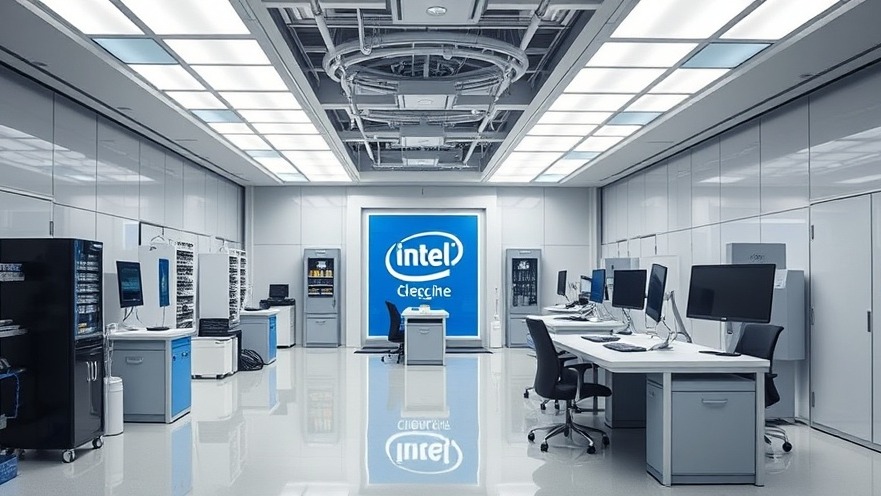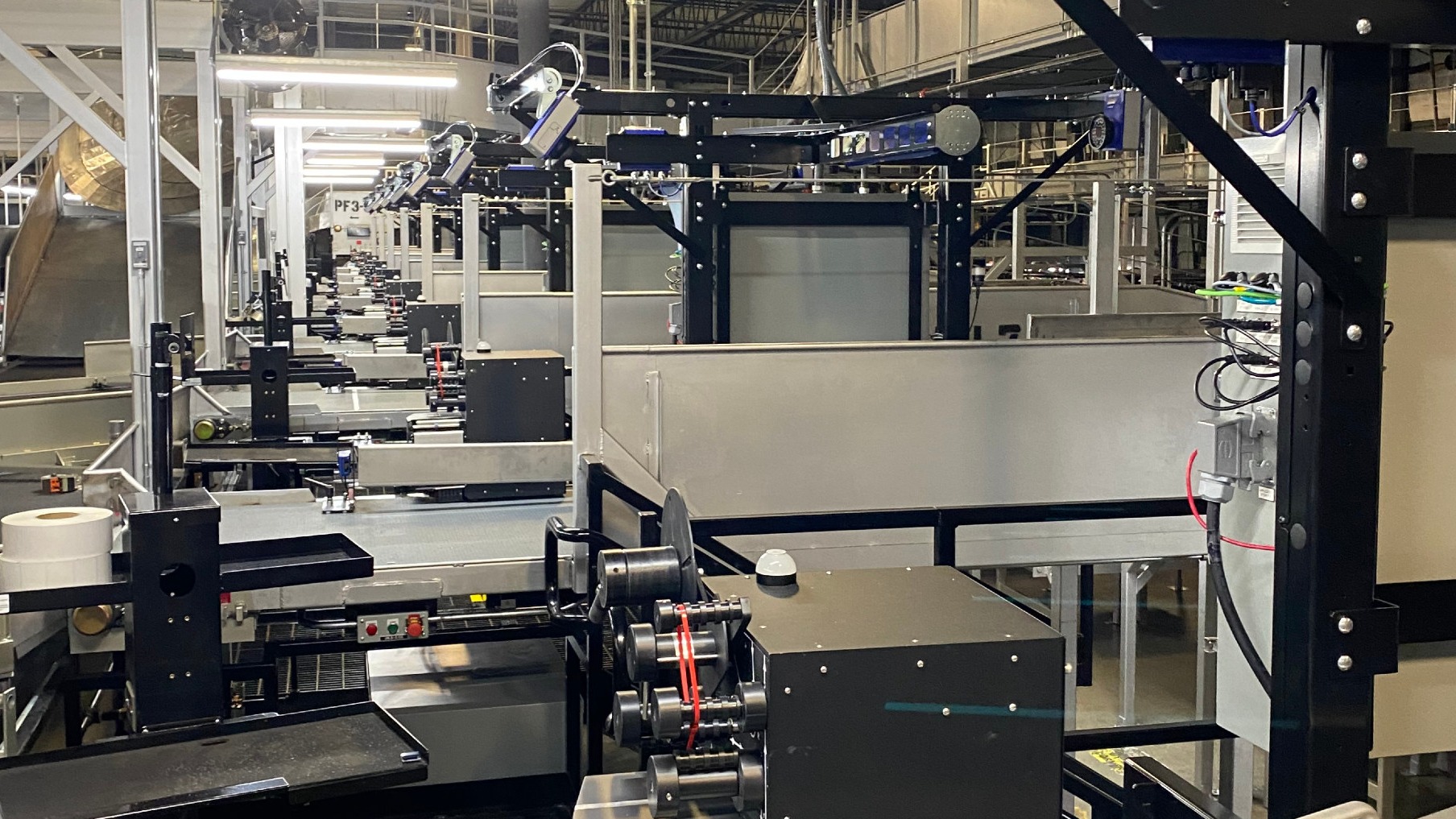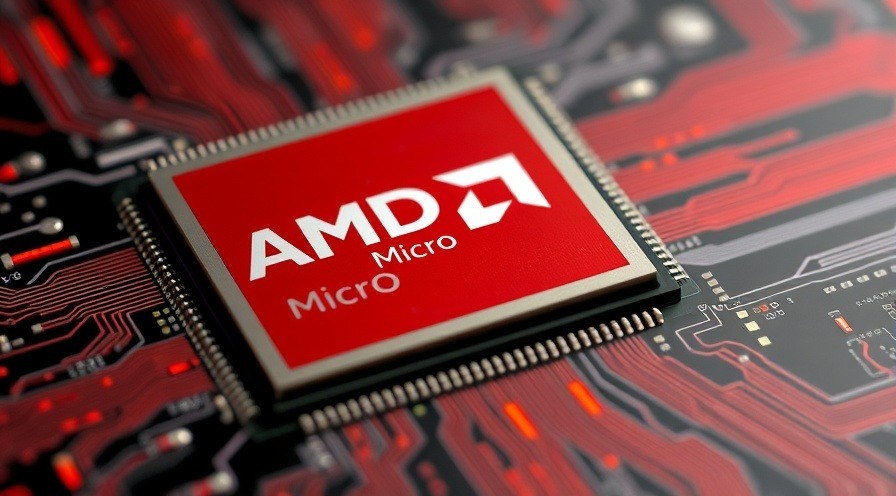Intel's future looks like a mix of challenges and opportunities as it pushes to reclaim leadership in the semiconductor industry. Here are some key factors shaping Intel's path forward:

1. Manufacturing Comeback (Intel Foundry Services - IFS)
Intel is investing heavily in its foundry business, aiming to compete with TSMC and Samsung in chip manufacturing. The company has announced five advanced nodes in four years (Intel 7, Intel 4, Intel 3, Intel 20A, and Intel 18A). If successful, this could put Intel back at the cutting edge of semiconductor manufacturing by 2025-2026.
2. AI and Accelerators
Intel is aggressively targeting the AI market, competing with NVIDIA and AMD. Its Gaudi AI accelerators offer a cost-efficient alternative to NVIDIA’s GPUs for training and inference. Intel is also integrating AI features into its client processors (like the upcoming Lunar Lake chips).
3. PC and Server Market Struggles
Intel still dominates the PC and server CPU markets, but AMD’s Zen architecture and ARM-based competitors (like Apple and Qualcomm) are eroding its share. The upcoming Sierra Forest and Granite Rapids server chips will be crucial for Intel’s data center business.
4. Government Support and Expansion
With U.S. and EU funding through initiatives like the CHIPS Act, Intel is building new fabs in Arizona, Ohio, and Germany to reduce reliance on Asian manufacturing. If successful, this could make Intel a key player in the global semiconductor supply chain.

5. Stock and Investor Confidence
Intel’s stock has been volatile due to execution risks, but long-term investors are watching closely. If Intel delivers on its roadmaps, it could see a strong comeback.
Final Verdict: A Turning Point
Intel is at a critical inflection point. If it executes well on manufacturing and AI, it could regain dominance by 2025-2026. If not, it risks falling further behind competitors like TSMC, AMD, and NVIDIA.
Intel can reclaim leadership in the semiconductor industry, but it faces an uphill battle. The next 2-3 years will determine whether it successfully executes its ambitious roadmap or continues to struggle against competitors like TSMC, AMD, NVIDIA, and ARM-based challengers.
Key Factors That Will Determine Intel’s Comeback:

✅ Reasons for Optimism
-
Aggressive Process Node Roadmap ("5 Nodes in 4 Years")
Intel is moving from Intel 7 → Intel 4 → Intel 3 → Intel 20A → Intel 18A between 2022-2025.
If it delivers Intel 18A on time in 2025, it could rival TSMC’s 2nm process.
-
Intel Foundry Services (IFS) – A True Rival to TSMC & Samsung
Intel is re-entering the contract chip manufacturing business, already securing big customers like Microsoft, Amazon, and the U.S. Department of Defense.
With U.S. & EU government backing (CHIPS Act), it’s investing in new fabs in Arizona, Ohio, and Germany.
-
AI & Data Center Growth (Challenging NVIDIA & AMD)
Gaudi AI accelerators provide a cheaper alternative to NVIDIA’s dominance in AI chips.
Sierra Forest & Granite Rapids server CPUs (2024) could help Intel regain lost market share from AMD in data centers.
-
Strategic Leadership Under Pat Gelsinger
Intel’s CEO has refocused the company on manufacturing leadership, AI, and foundry services.
His "IDM 2.0" strategy is centered on regaining chipmaking dominance.

❌ Challenges Intel Must Overcome
-
Execution Risk – Can Intel Deliver on Time?
Intel has struggled with delays in past process nodes (e.g., 10nm debacle).
If Intel 18A slips beyond 2025, TSMC & Samsung could maintain their lead.
-
TSMC & Samsung’s Continued Dominance
TSMC is already moving towards 2nm in 2025 and has massive backing from Apple, NVIDIA, and AMD.
Samsung is also improving its GAA transistor technology, competing directly with Intel’s RibbonFET (Intel 20A/18A).
-
ARM-Based Chips Threatening x86
Apple’s M-series chips have proven ARM’s efficiency.
Qualcomm, NVIDIA, and AMD are developing powerful ARM-based processors, particularly for AI PCs & data centers.
Microsoft’s Windows on ARM push could erode Intel’s PC dominance.
-
AI & GPU Competition from NVIDIA & AMD
Intel’s Gaudi AI chips are promising, but NVIDIA’s CUDA ecosystem is deeply entrenched.
AMD’s MI300 GPUs are also gaining traction in AI workloads.
Final Verdict: Can Intel Reclaim Leadership?
👉 Yes, but only if it executes flawlessly.
If Intel 18A launches on time in 2025 and IFS wins big customers, Intel can match or surpass TSMC. However, if delays continue and competitors stay ahead, Intel risks falling further behind.
Intel’s turnaround is in progress, but 2024-2026 will be the critical window. If it can prove its manufacturing, AI, and foundry leadership, it can regain dominance.
Click below if you would you like a deeper dive into any specific area—like Intel’s AI strategy, foundry business, or competitive positioning against AMD/NVIDIA?
 Add Row
Add Row  Add
Add 





Write A Comment